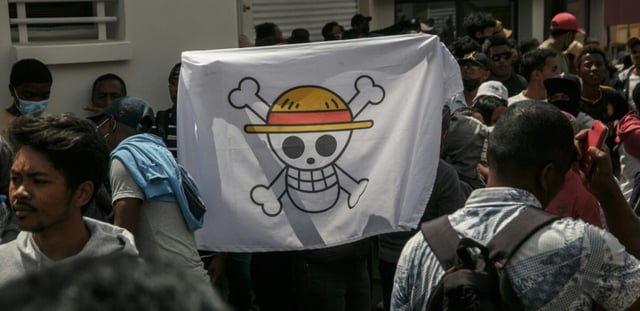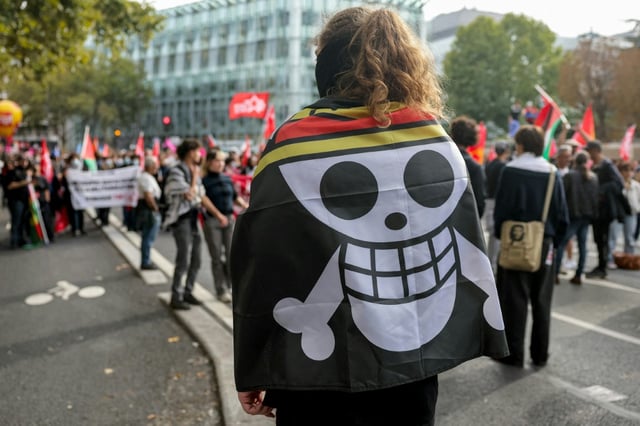Overview
- Reports this week note new sightings in Peru as the emblem gains visibility beyond Asia and Africa.
- The flag first appeared in Indonesia in August, where authorities threatened to ban it.
- It spread in mid-September to Nepal and Manila, then surged in Madagascar through organizing on the Instagram account Gen Z Madagascar.
- Protesters describe the skull-and-straw-hat as a shorthand for resisting corrupt or oppressive rule.
- Scholars point to the symbol’s simple, depoliticized design and the franchise’s global reach since 1997 as reasons for rapid uptake, including in recent French demonstrations.


